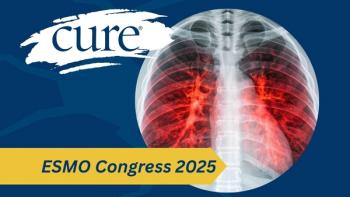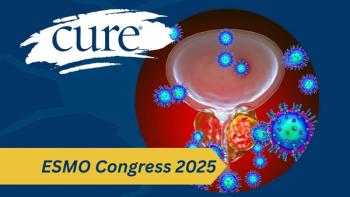
Men With Breast Cancer May Respond Less to Neoadjuvant Chemotherapy Versus Women
Although rates of pathologic complete response to neoadjuvant — also known as presurgical — chemotherapy were lower in men than women with breast cancer, this may highlight an area of further research of treating this cancer in men.
Men with breast cancer may have lower rates of response to chemotherapy before undergoing surgery than women, according to recent study results.
Neoadjuvant chemotherapy, or chemo administered before surgery, is the current standard of care for women with breast cancer. For these women, neoadjuvant chemotherapy may lead to more breast-conserving surgeries, the ability to assess tumor sensitivity to systemic therapy and tailoring the treatment to be administered after surgery, according to the study’s introduction. In contrast, neoadjuvant chemotherapy is not used as often in men with breast cancer despite minimal knowledge of its effectiveness in men.
CURE® spoke with study author Dr. José Pablo Leone, a medical oncologist and director of the Breast Cancer in Men program at the Dana-Farber Cancer Institute in Boston, who said that HER2 positivity may play a role in men’s response to neoadjuvant chemotherapy.
“Men who receive neoadjuvant chemotherapy appear to have a lower proportion of pathological complete response (lack of all signs of cancer after treatment, which is determined by tissue samples), which is the chances of the tumor going away in full by the time surgery happens, compared with women,” Leone explained. “This was particular in patients with HER2 cancer. This could suggest a difference in tumor biology as well as sensitivity to treatment options.”
In this study, researchers evaluated data from 385 men and 68,065 women with breast cancer who were treated with neoadjuvant chemotherapy. All patients had available information on their tumor subtype (HR+/HER2–, HR+/HER2+, HR–/HER2+, HR–/HER2–).
The median time from neoadjuvant chemotherapy to surgery was 143 days in men compared with 148 days in women.
Pathologic complete response to neoadjuvant chemotherapy in men and women were the following:
- 4.9% versus 9.7%, respectively, for HR+/HER2–;
- 16.1% versus 33.6% for HR+/HER2+;
- 44% versus 53.2% for HR–/HER2+, and
- 21.4% versus 32.1% for HR–/HER2–.
Ultimately, researchers found that women with breast cancer had “twice the odds,” according to the study authors, of pathological complete response than men with breast cancer.
Patients who achieve pathologic complete response to treatment have higher overall survival (patients who are alive for a certain amount of time after treatment) after five years than those who do not. In particular, men with breast cancer who had a pathologic complete response had a five-year overall survival rate of 90% versus 64.7% of men who did not have a complete response. In women, five-year overall survival was 91.9% for those with a complete response compared with 75.3% who did not have a pathologic complete response.
Leone stressed the need for further research into treatments for men with breast cancer and the value of pathological complete response as a prognostic tool.
“I think (our results) highlight the need for additional research,” he said. “The value of pathological complete response as a prognostic for men and women expands clinical trial possibilities.”
For more news on cancer updates, research and education, don’t forget to





